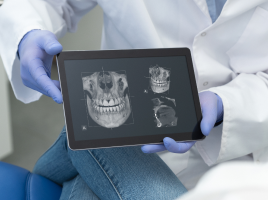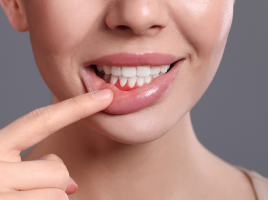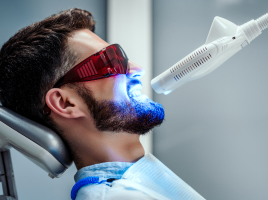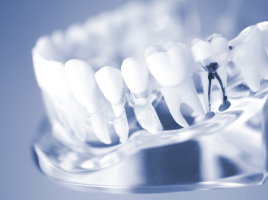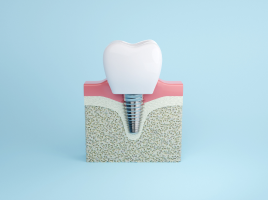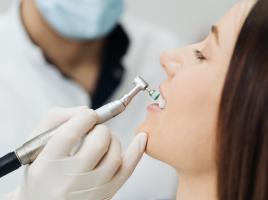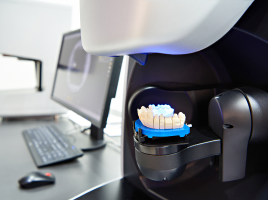Microprostheses
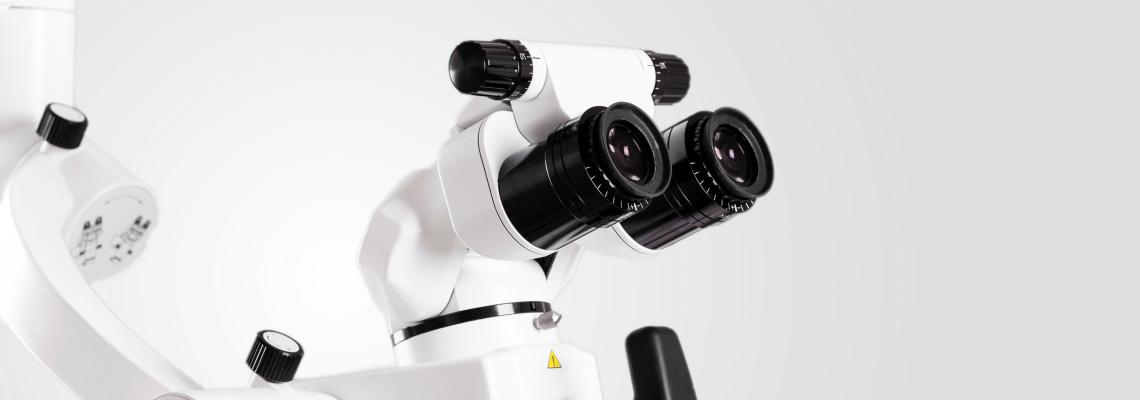
Microscopic dentistry: Micro-prosthetics, Micro-filling
Micro-prosthetics is the restoration of teeth by inlays, onlays and veneers. Inlays, onlays and veneers are intended to restore part of or the entire surface of the teeth, and to protect the remaining weak structures from possible damage. Inlays, onlays and veneers can be called restorations from ceramic, metal or composite material produced in the laboratory. Inlays, onlays and veneers of E-max pressed ceramics are produced in the laboratory of our Clinic. E-max pressed ceramic is four times harder than normal ceramics and two times harder than other types of metal-free ceramics. Milled inlays, onlays or veneers are extremely accurate, and their resistance is up to 160 MPa. After crystallization in the furnace for about 30 min., they reach the tensile strength of 400 MPa. E-Max onlays, inlays and veneers have the following advantages:
- greater resistance to fracture compared with other types of ceramics
- dental hard tissues are preserved to the maximum
- extremely high restoration accuracy is achieved
- has very excellent aesthetic look (colour and gloss remain unchanged over time)
- extreme longevity
- using the E-Max inlays, onlays and veneers, the prosthetics procedure is carried out quickly (it requires only two visits to the doctor)
The process of micro-prosthesis
- The dentist cleans the tooth and removes defective tissues.
- The tooth is strengthened by enveloping the thin walls.
- Prints of the tooth prepared for prosthesis are made and delivered to a dental technician.
- The dental technician creates an individual tooth shape in the laboratory by print and tooth colour selected by the dentist, and produces the overlay, inlay or veneer, which are very close to the natural tooth.
- The produced inlay, onlay or veneer is cemented onto the prepared tooth.
The biggest advantage of such prosthetics is small probability of micro-cracks and secondary caries formation. This is a big advantage compared to composite fillings, which shrink when harden.
This method of prosthetics is highly recommended for young patients because prosthetic crowns are advisable only at the age of 18 years, and having selecting the E-Max inlays, onlays and veneers, the tooth can be instantly restored from the extremely strong, durable and aesthetical material.
For those who prefer the aesthetics, we recommend porcelain veneers for front teeth. Porcelain veneers or laminates – are particularly thin porcelain plates absorbing, reflecting and transmitting light in the same way as natural teeth. Such a method of dental prosthetics extremely preserves tooth tissues, as only vestibular surfaces of teeth are polished. Porcelain veneers can be used to restore worn teeth, remove the effects of dental trauma, hide the tooth cracks, and to renew old restorations. This is a great alternative for dental crowns.


